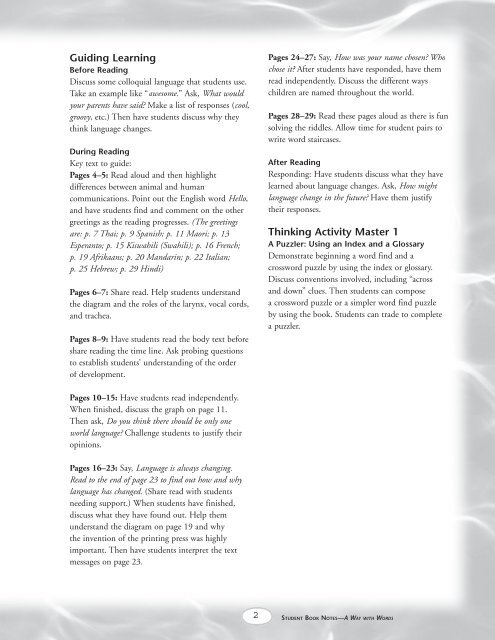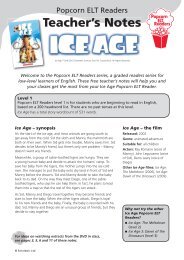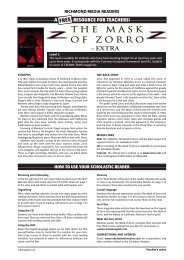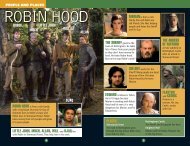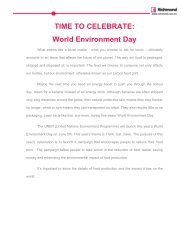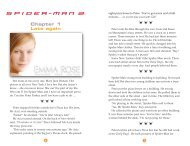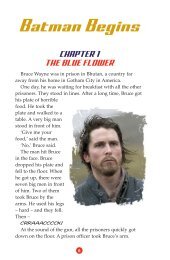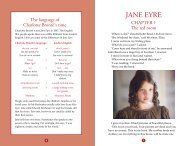Teacher Notes x 16 n5.indd - Richmond
Teacher Notes x 16 n5.indd - Richmond
Teacher Notes x 16 n5.indd - Richmond
Create successful ePaper yourself
Turn your PDF publications into a flip-book with our unique Google optimized e-Paper software.
Guiding Learning<br />
Before Reading<br />
Discuss some colloquial language that students use.<br />
Take an example like “awesome.” e Ask, What would<br />
your parents have said? Make a list of responses ( cool,<br />
groovy, etc.) Then have students discuss why they<br />
think language changes.<br />
During Reading<br />
Key text to guide:<br />
Pages 4–5: Read aloud and then highlight<br />
differences between animal and human<br />
communications. Point out the English word Hello,<br />
and have students find and comment on the other<br />
greetings as the reading progresses. (The greetings<br />
are: p. 7 Thai; p. 9 Spanish; p. 11 Maori; p. 13<br />
Esperanto; p. 15 Kiswahili (Swahili); p. <strong>16</strong> French;<br />
p. 19 Afrikaans; p. 20 Mandarin; p. 22 Italian;<br />
p. 25 Hebrew; p. 29 Hindi)<br />
Pages 6–7: Share read. Help students understand<br />
the diagram and the roles of the larynx, vocal cords,<br />
and trachea.<br />
Pages 8–9: Have students read the body text before<br />
share reading the time line. Ask probing questions<br />
to establish students’ understanding of the order<br />
of development.<br />
Pages 24–27: Say, How was your name chosen? Who<br />
chose it? After students have responded, have them<br />
read independently. Discuss the different ways<br />
children are named throughout the world.<br />
Pages 28–29: Read these pages aloud as there is fun<br />
solving the riddles. Allow time for student pairs to<br />
write word staircases.<br />
After Reading<br />
Responding: Have students discuss what they have<br />
learned about language changes. Ask, How might<br />
language change in the future? Have them justify<br />
their responses.<br />
Thinking Activity Master 1<br />
A Puzzler: Using an Index and a Glossary<br />
Demonstrate beginning a word find and a<br />
crossword puzzle by using the index or glossary.<br />
Discuss conventions involved, including “across<br />
and down” clues. Then students can compose<br />
a crossword puzzle or a simpler word find puzzle<br />
by using the book. Students can trade to complete<br />
a puzzler.<br />
Pages 10–15: Have students read independently.<br />
When finished, discuss the graph on page 11.<br />
Then ask, Do you think there should be only one<br />
world language? Challenge students to justify their<br />
opinions.<br />
Pages <strong>16</strong>–23: Say, Language is always changing.<br />
Read to the end of page 23 to find out how and why<br />
language has changed. (Share read with students<br />
needing support.) When students have finished,<br />
discuss what they have found out. Help them<br />
understand the diagram on page 19 and why<br />
the invention of the printing press was highly<br />
important. Then have students interpret the text<br />
messages on page 23.<br />
STUDENT BOOK NOTES—A WAY WITH WORDS


